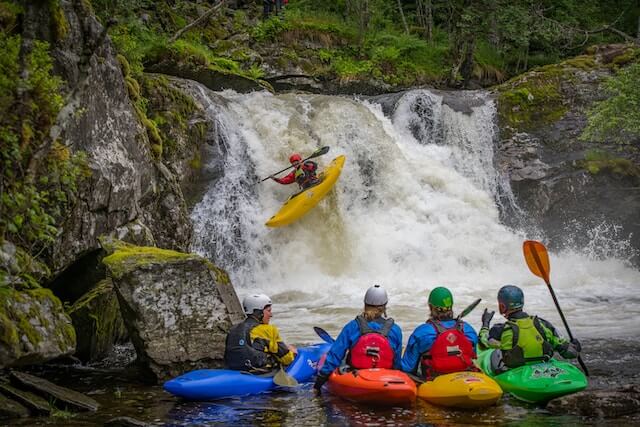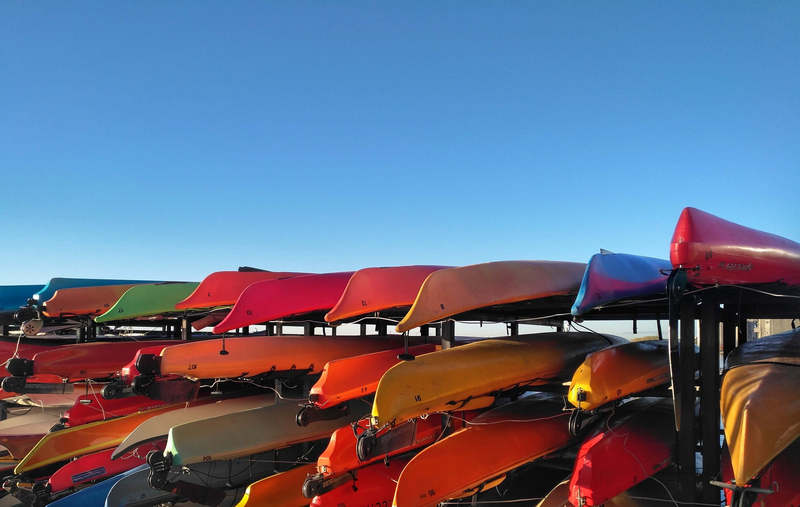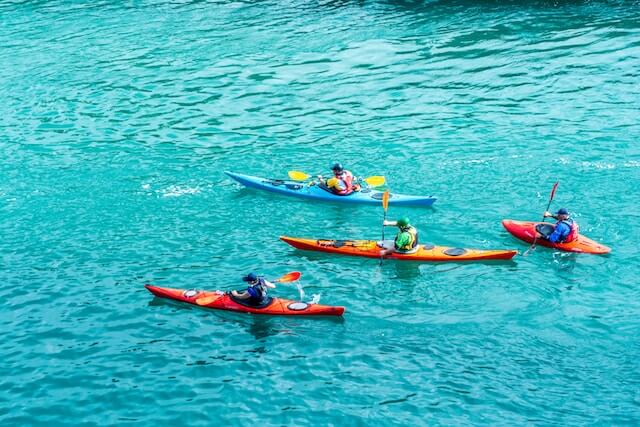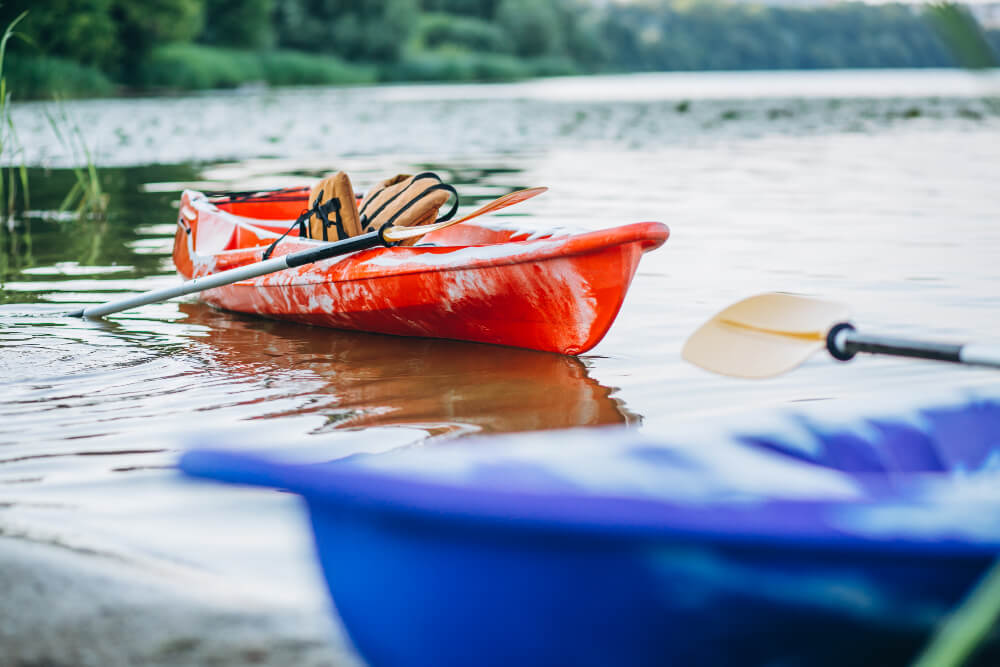Charting the Course: Exploring the Various Styles of Kayaking

In the diverse world of kayaking, there’s a style to suit every adventurer. Whether it’s the thrill of rushing rapids or the calm serenity of a peaceful lake that draws you in, there’s a kayak and a paddling style just for you. This article will navigate the exciting waters of the different types of kayaking, offering an in-depth look into each style.
Sea Kayaking
Let’s start our journey with sea kayaking, a category characterized by its open-water nature. The limitless expanse of the sea offers unique challenges and experiences, making sea kayaking a favorite among many.
- Design: Sea kayaks are designed for stability, speed, and load-carrying capacity. They are typically longer (15-20 feet) and have a streamlined shape to handle the rigors of the open sea. They also feature sealed compartments for stowing gear, essential for those multi-day expeditions.
- Location: Sea kayaking can take place on any large body of open water, including oceans, large lakes, and bays.
- Activity: Sea kayaking can encompass everything from short day trips along the coast to multi-day expeditions on the open water. Sea kayakers might encounter wildlife, navigate through sea caves, or ride ocean swells.
- Skill Level: While it’s possible for beginners to enjoy sea kayaking, the unpredictable nature of open water and weather conditions means that some level of skill and experience is often beneficial. Training in self-rescue techniques, navigation, and weather interpretation are advantageous for sea kayaking.
Whitewater Kayaking
Whitewater kayaking brings us into a more extreme side of the sport. It’s a high-adrenaline activity, requiring quick reflexes, strong skills, and a good sense of adventure.
- Design: Whitewater kayaks are shorter (around 4-10 feet) and more maneuverable than their sea-faring counterparts. They are designed to turn quickly and roll upright after capsizing. Their durable construction is meant to withstand the bumps and knocks of river obstacles.
- Location: Whitewater kayaking takes place on rivers featuring rapids, which are sections of turbulent, fast-moving water.
- Activity: Whitewater kayaking involves navigating down rivers, maneuvering around obstacles like rocks and drops, and sometimes even performing tricks and flips. Rapids are classified on a scale from I (easiest) to VI (extremely dangerous) to help paddlers understand the difficulty of a particular river section.
- Skill Level: This type of kayaking requires a high level of skill due to the unpredictability and speed of the rapids. Training in swiftwater rescue, an understanding of river hydrology, and good physical fitness are essential.
Recreational Kayaking
Recreational kayaking is perhaps the most accessible form of the sport, providing a calm and leisurely way to enjoy the water.
- Design: Recreational kayaks are generally wider, shorter, and more stable than other types, making them great for beginners. They’re typically between 9-12 feet long and have large cockpits for easy entry and exit.
- Location: These kayaks are most at home on calm, flat waters such as small lakes, slow-moving rivers, and protected coastal areas.
- Activity: Recreational kayaking is all about leisure and enjoying nature. It’s perfect for photography, fishing, bird-watching, or simply spending a relaxing day out on the water.
- Skill Level: Recreational kayaking is great for beginners and casual paddlers. The emphasis is more on comfort and enjoyment rather than high-speed maneuvering or battling challenging conditions.
|
Type of Kayaking |
Design |
Location |
Activity |
Skill Level |
|---|---|---|---|---|
|
Sea Kayaking |
Long, stable, load-carrying |
Open water (seas, large lakes, bays) |
Day trips to multi-day expeditions |
Intermediate to Advanced |
|
Whitewater Kayaking |
Short, maneuverable, durable |
Fast-moving rivers |
Rapid navigation, tricks |
Advanced |
|
Recreational Kayaking |
Short, wide, stable |
Calm, flat waters |
Leisure, nature enjoyment |
Beginner |
To conclude, kayaking is a versatile sport, with styles to cater to the adrenaline junkies, nature lovers, and everyone in between. Understanding the different types of kayaking allows you to make the most of your experiences on the water. Whether you’re exploring vast open seas, racing down turbulent rivers, or peacefully floating across a quiet lake, there’s a kayaking style that’s perfect for you. Here’s to your next paddling adventure!


